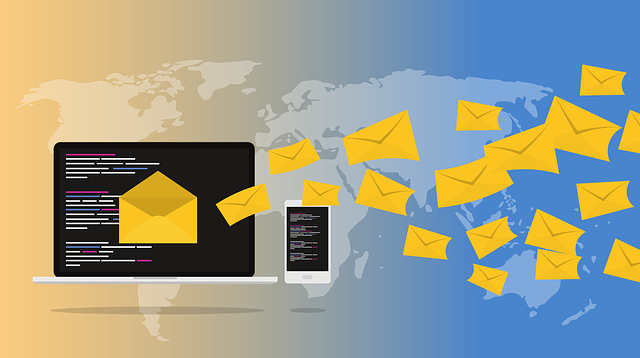AI data analytics tools have transformed the restaurant industry by leveraging machine learning and computer vision to analyze customer behavior, market trends, and operational data. These technologies optimize menu planning, staff scheduling, and inventory management through predictive insights like peak hours, popular dishes, and personalized promotions. Computer vision applications enhance menu management by analyzing dish images for ingredients and styles, while AI processes vast datasets from sales to reviews to uncover patterns and predict future demands. Ultimately, these tools streamline operations, boost customer satisfaction, and provide a competitive edge in the dynamic restaurant market.
“AI data analytics has transformed the hospitality industry, especially restaurants, by providing valuable insights from visual data. This article explores the power of computer vision applications in revolutionizing menu management and enhancing customer experiences. We delve into how AI-powered tools can identify trends, predict popular dishes, optimize kitchen operations, and improve overall business performance. By understanding AI data analytics, restaurant owners can make informed decisions and stay ahead in a competitive market.”
- Understanding AI Data Analytics for Restaurants: Unlocking Business Insights
- Computer Vision Technology: Enhancing Menu Management and Customer Experience
- Identifying Trends and Optimizing Operations with AI-Powered Tools
Understanding AI Data Analytics for Restaurants: Unlocking Business Insights

AI data analytics has transformed the way restaurants operate, offering valuable insights into customer behavior and market trends. By leveraging machine learning algorithms and computer vision, these advanced tools can analyze vast amounts of data from various sources within a restaurant setting. For instance, AI cameras equipped with object detection capabilities can track customer movement, popular menu items, and even assess table cleanliness, providing owners with actionable intelligence to optimize operations.
Restaurant businesses can use AI data analytics to make informed decisions about menu planning, staff scheduling, and inventory management. By studying sales patterns and customer preferences over time, these technologies predict peak hours, identify trending dishes, and suggest personalized promotions. This not only enhances customer satisfaction but also improves profitability by reducing waste and streamlining processes, ensuring that restaurants stay competitive in a dynamic market.
Computer Vision Technology: Enhancing Menu Management and Customer Experience

Computer Vision technology is transforming various sectors, and the hospitality industry is no exception. In particular, it’s revolutionizing menu management and enhancing customer experiences in restaurants. AI-powered computer vision applications can analyze images of dishes, automatically recognizing ingredients, flavors, and cooking styles – a powerful tool for updating menus with seasonal offerings or catering to specific dietary needs.
By combining this technology with data analytics tools, businesses gain valuable insights into restaurant trends. They can track popular items, identify customer preferences, and optimize their menu strategies accordingly. This not only improves operational efficiency but also ensures that the culinary offerings remain relevant and appealing to diners.
Identifying Trends and Optimizing Operations with AI-Powered Tools

AI-powered data analytics tools are transforming the way restaurants operate by providing valuable insights into customer behavior and market trends. These tools can analyze vast amounts of data, from sales transactions to online reviews, to identify patterns and predict future demands. For instance, AI algorithms can help restaurants optimize their menus by suggesting popular dishes and identifying seasonal trends, ensuring they meet customer expectations while minimizing waste.
Moreover, computer vision applications enable efficient inventory management. AI systems can automatically track stock levels, detect spoilage, and even predict when specific ingredients might go bad. This not only reduces costs but also ensures that restaurants maintain high-quality standards. By leveraging these AI data analytics tools, businesses can streamline their operations, enhance customer satisfaction, and stay ahead of the competition in the ever-evolving restaurant industry.
AI data analytics tools are transforming the restaurant industry by providing valuable insights from menu management to customer behavior. Computer vision technology, a key component of AI, enhances visual data analysis, optimizing operations and improving the overall dining experience. By leveraging these advanced applications, restaurants can identify trends, streamline processes, and stay competitive in today’s market.
